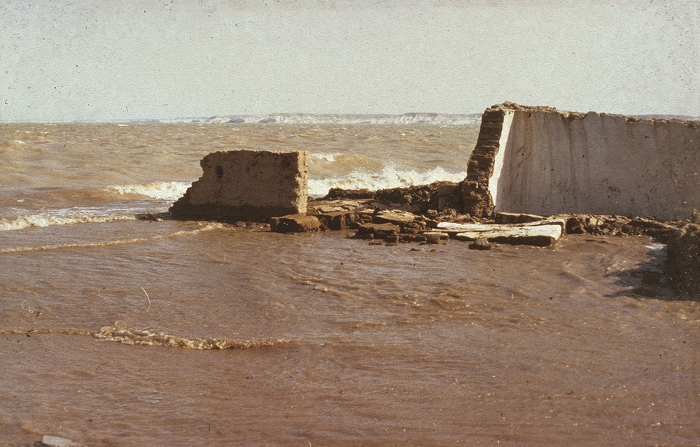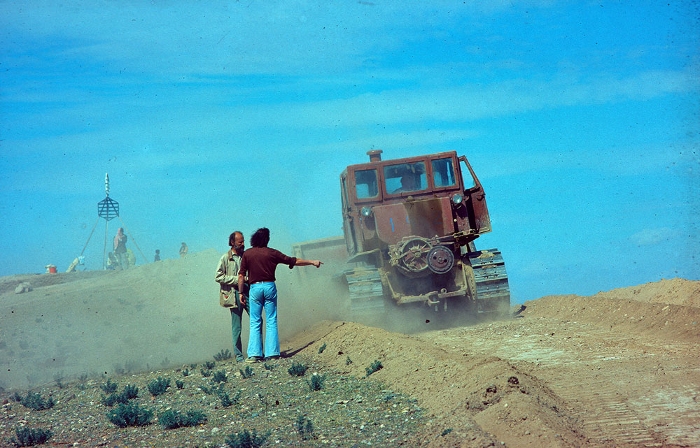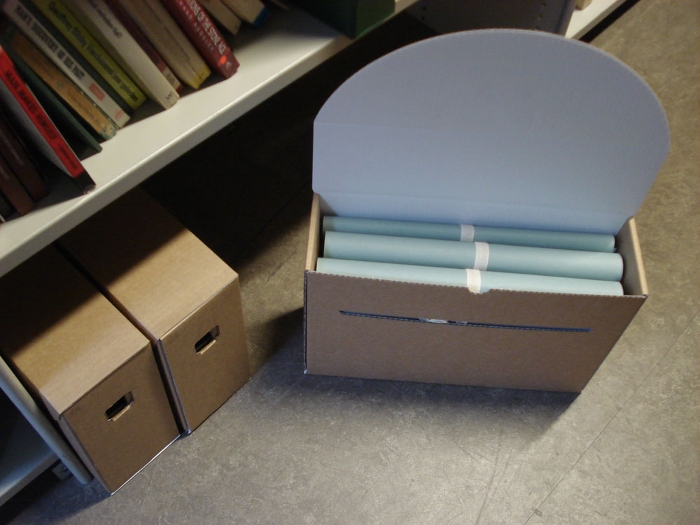Research project
The Van Loon Project
The Van Loon project sets out to safeguard the archives of Dutch archaeologist Maurits van Loon (Amsterdam, September 22, 1923 - Montpellier, October 12, 2006) and make them accessible for further study.
- Duration
- 2015 - 2017
- Partners

Research question
What was the role of Maurits van Loon in the development of Upper Mesopotamian archaeology ca. 1960 - 2010?
Social and academic relevance
In the 1960’s– about half a century ago –archaeologists became remarkably active in northern Syria. The Dutch archaeologist Maurits Nanning van Loon (Amsterdam, September 22, 1923 - Montpellier, October 12, 2006) was a pioneer when he initiated a regional survey in the Tabqa Lake area on the Syrian Euphrates. A planned dam along the Euphrates threatened to destroy hundreds of Syrian villages and archaeological sites. The Syrian Directorate of Antiquities issued an international call for archaeologists to safeguard precious information as much as possible.

At the time virtually nothing was known of Syria’s extraordinary rich archaeological heritage. Van Loon’s survey stimulated international rescue excavations in the Euphrates Valley. Van Loon himself, associated with the University of Amsterdam, excavated several sites. Employing a bull dozer to scrape the surface of the ancient settlement of Tell Selenkahiya he was able to reveal the urban lay out of a thriving Bronze Age town. Van Loon and his students kick started the archaeology of Upper Mesopotamia which flourished until the start of the Syrian civil war in 2010. The history of this important research field and the role of, specifically, Dutch researchers remains to be written.

In 2015 the personal archive of van Loon became available, comprising a large number of cardboard boxes and piles of folders. Spectacular was the discovery of several well-preserved full-colour movies. This important footage of archaeological fieldwork in the wild Syrian interior of the early 1970’s represents unique visual data on the early days of Dutch archaeology in Upper Mesopotamia. The potential historical value of this rich source of information was immediately clear. However, the archive desperately needed to be carefully restructured, cleaned, evaluated and transformed into a publically accessible format before it may ever be used for academic study.
The horrific recent developments in Syria only underscore the relevance of the project. Archaeological movable and immovable heritage is severely threatened and academic archaeological activities have come to an almost stand still across the lands of Upper Mesopotamia. The van Loon archive documents Syrian archaeology in its hey days before the current disaster.
Role of Leiden
The section Archaeology of the Near East at the Leiden Faculty of Archaeology traces its roots to van Loon’s activities.
Materials and methods
The archive contains unique historical documents, letters, notes, diaries, movies and extensive field documentation from van Loons excavations at Tell Selenkahiya. Elsewhere in the vast offices of the University of Amsterdam our team discovered field drawings and excavation diaries from van Loon’s excavations at Tell Selenkahiya. At the Faculty of Archaeology in in Leiden, too, our team discovered important material. Three students from the Faculty of Archaeology - Lonneke Grimbergen, Sabine Lockhorst, and Katelin Post - worked on the various bits and pieces of the archive. All material was brought together in Amsterdam, restructured according to state-of-the-art standards for archiving, and repacked in professional archiving paper and boxes. For assessing the quality and contents of the movies, we collaborated with the Eye Institute.

Results
The Van Loon project has reorganized the archive and ensured formal deposition in a professional, publically accessible library. Shot in Kodachrome, the movies appeared to be mostly in remarkably good condition. The archive may now facilitate historical researchers to write van Loon’s bibliography and eventually, ultimately, the history of Upper Mesopotamian archaeology. Presently, funds are being sought for the digitalization of the archive.

